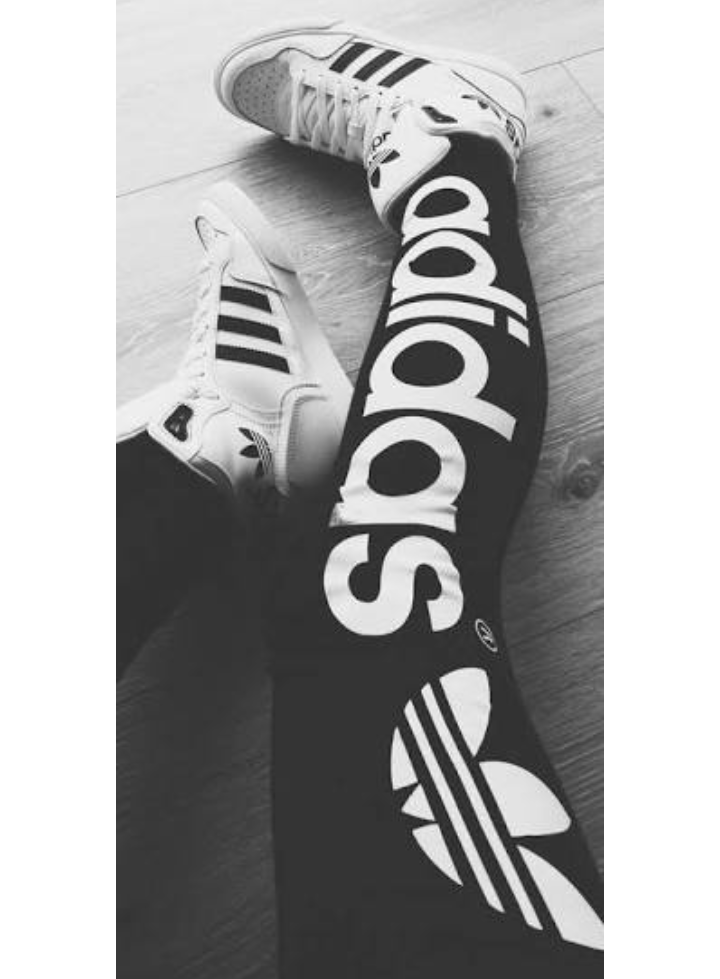The Pros: Cool, affordable clothes mixed in with pricier brands that are still within reach.
The Cons: Core collection doesn’t offer the best fit; limited availability
9.
The Story: Ahh,. Some say he’s the most hated man in retail. That might be true, but it doesn’t change the fact that he has also built a store that we–and pretty much everyone we know–shop at nearly every single week. Our favorites this season include the silky slacks and sheer skirts.
The Pros: Unique basics available season after season; affordable.
The Cons: has ruined the business; sizing is sometimes funky.
8.
The Story: Founded in 1969 as a shop selling Levi’s and records, Gap pretty much invented the idea of a a “specialty retailer,” or a store which primarily sells its own line of goods to a very specific audience. (For Gap, that’s the pretty middle class American.) Now it’s one of the biggest clothing chains in the world.
The Pros: A fantastic collaboration with Pierre Hardy and soon, Valentino; creative director , who has been working his butt off to revive the label, which struggled in the aughts. Also, great fitting pants.
The Cons: Too many of the directional pieces get dropped before Robinson’s collection hits the floors. The stores are also poorly merchandised.
7.
The Story:Urban was started in Philadelphia as the The Free People’s Store in 1970 by now-chairman Richard Hayne. It’s mostly known as a place for college kids to buy cute, kitschy clothes and housewares cheap. But the store’s true customer base spans far beyond students.
The Pros: Incredible in-house collection that are just directional enough; collaborations with Steven Alan, Corpus, Paul & Joe, and more.
The Cons: Too many designer knockoffs; diffusion collections available in Europe are not usually available in the US.
6.
Sir Philip Green’s fast fashion retailer became London’s must-visit shop during the aughts. It’s still going strong with a mix of fun party clothes and trendy staples. And the selection for men is quite good, too. What’s more, it’s expanded beyond Europe to Asia and North America.
The Pros: Amazing collaborations with the likes of Christopher Kane and Preen; perfect party dresses.
The Cons: It’s way more expensive in the US than it is in the UK due to exchange rates and shipping. And everything is so trendy that at some point you feel to old to shop there.
5.
The Story: Hennes & Mauritz has been around since 1947, but it was the aughts that made it a worldwide power in apparel retail. I remember my first trip in 2001 to H&M’s 5th Avenue store. It changed my life. Since then, the store has become a go-to spot for designer collaborations, particularly those done with Karl Lagerfeld and Stella McCartney. Next up?
The Pros: Lanvin x H&M. Need we say more?
The Cons: There are some really great pieces amidst a ton of not-so-great pieces.
4
The Story: Japanese clothing store Uniqlo is known best for its colorful basics. (Some call it this generations answer to Gap.)
The Pros: Great men’s section: jeans, blazers, suits, and button downs all look way more expensive than they are. +J,, is affordable minimalism at its best. We’ve also loved their collabs with Phillip Lim, Alexander Wang, and more.
The : Not available widely in the US; the customer service at the New York store is absolute crap. (Most of the time.)
3.
The Story: The Spanish retailer is best known for its ability to get on-trend items on the floor fast, mostly because it produces a good bulk of its clothing in its very own factories. It took a while to catch on the in the US, but design-savvy customers are now going to Zara for affordable workwear that doesn’t look cheap.
The Pros: Great clothes and shoes, great quality, great design.
The Cons: Knock-offs aplenty. Still no e-commerce for US customers, although sources say that it will happen over the next year.
The Pros: Seriously perfect clothes that you will want regardless of the label sewn inside, from molded shoulder suits to perfectly worn in jeans to simple lingerie.
The Cons: Not available in the US.
1.
The Story: Until 2003, J.Crew was a family brand known best for its swift catalog sales. Enter Mickey Drexler, who made the label–and its creative director, -shine. Nearly a decade later, J.Crew’s message is clear. They want to offer the best looking, best quality clothes to an audience that loves fashion, but aren’t slaves to it. What’s more, they’ve made men interested in more than t-shirts and jeans for the first time since the 1970s.
The Pros: Beautiful clothes, well-made, great fit, something for everyone.
The Cons: Sometimes we wish it wasn’t . (But we guess that’s what sister store is for.)


